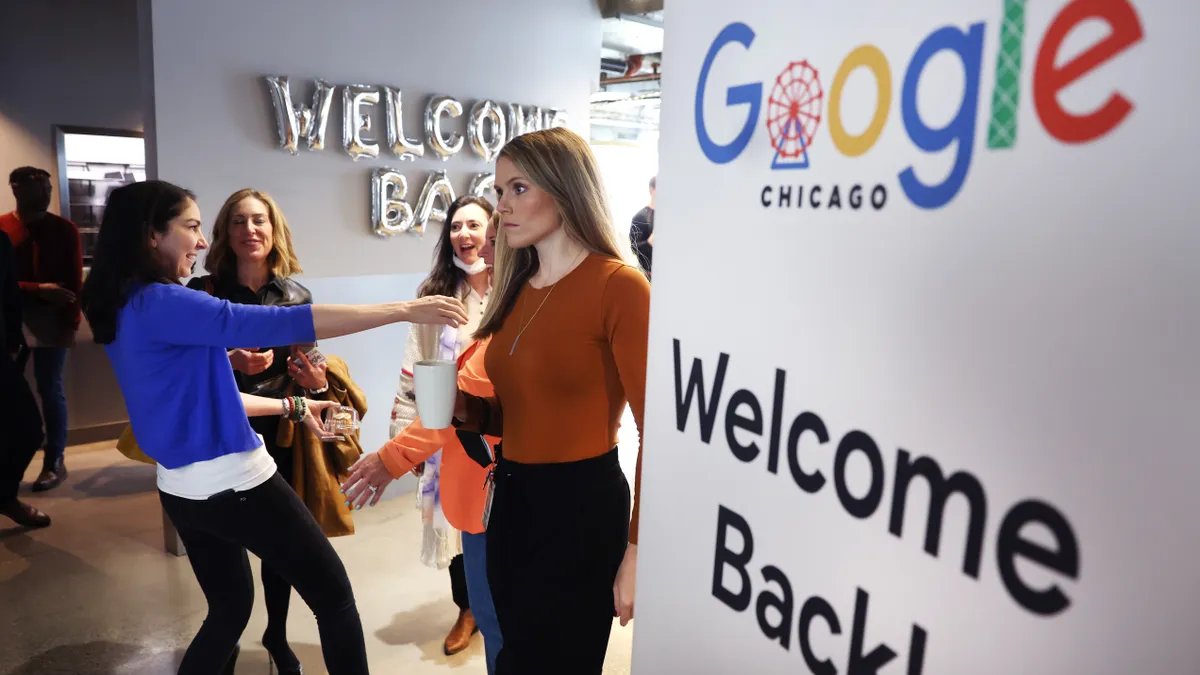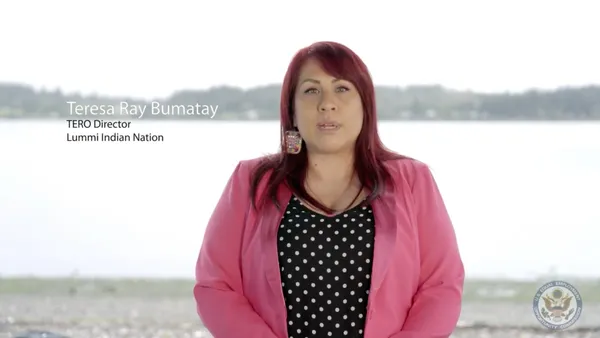Dive Brief:
- Adobe is the first U.S. tech company to reveal unadjusted median gender pay gap data, Arjuna Capital announced Dec. 2. Adobe's unadjusted global median pay gap — the overall difference in median earnings of men and women — is at 1.2%. As of Feb. 1, the unadjusted global median pay for women was 98.8% of the median pay for men, according to Adobe's latest diversity and inclusion report (D&I).
- Adobe has made "more stringent" disclosures beyond statistically adjusted pay gaps, which take into account factors such as the different jobs women and men may have, according to Arjuna Capital. Last year, Adobe was among the 11 banks and tech companies of which shareholders requested more detailed reporting, the investment advisory firm said. The company is sharing the unadjusted median data point "in the spirit of providing an additional element of transparency about the distribution of jobs within our employee population," Adobe said in its D&I report. Median pay gap, a metric frequently used by the U.S. Bureau of Labor Statistics, looks at pay distribution across an organization relative to different groups, Adobe said.
- Although the tech company, which claims it achieved global gender pay parity in 2018, does not believe "managing to the median pay metric will drive actions that would truly increase fairness in pay and opportunity," it plans to update the median pay gap number annually, in addition to updates on pay and opportunity parity — the fairness of promotions and horizontal movement across demographic groups, Adobe said. The company has also achieved pay parity in the U.S. between underrepresented minority (URM) and non-URM employees.
Dive Insight:
Best practices in pay equity reporting include reporting data on unadjusted median pay gaps, "a tougher and more revealing standard" in assessing equal opportunity to high-paying jobs; and statistically adjusted gaps, which assesses "pay between minorities and non-minorities, men and women, performing similar roles," according to Arjuna Capital.
Previously, Adobe only reported parity for statistically adjusted pay gaps but joined companies such as Citigroup, Mastercard and Starbucks in making unadjusted median racial and gender pay equity disclosures, the firm said. "We need more companies to follow Adobe's lead, prioritize diversity in a meaningful way, and step forward with an honest accounting of pay equity," Natasha Lamb, managing partner at Arjuna Capital, said in the release.
In recent years, employers have experienced shareholder pressure in diversity and inclusion and pay equity. For example, Alphabet Inc. shareholders proposed several changes for the company in 2019, such as gender pay parity and cyber breaches. Adobe argued in its D&I report that "a median-based approach" in measuring pay gaps is "often driven by macroeconomic trends that aren't immediately actionable." However, it acquiesced to shareholders and revealed its unadjusted global median pay gap for the first time.
"The push for median race and gender pay equity is going to be a major issue in the 2021 shareholder season," Lamb said. Many companies seek to have pay parity, but "shareholders may demand it," WorldatWork's Director of Executive Compensation Strategy Sue Holloway previously told HR Dive.
Adobe shared its global pay parity process and strategy on its website, "to help other companies learn from our journey to advance their own initiatives," the report said.















